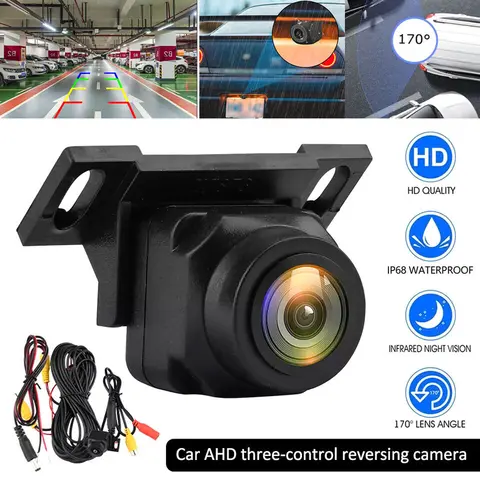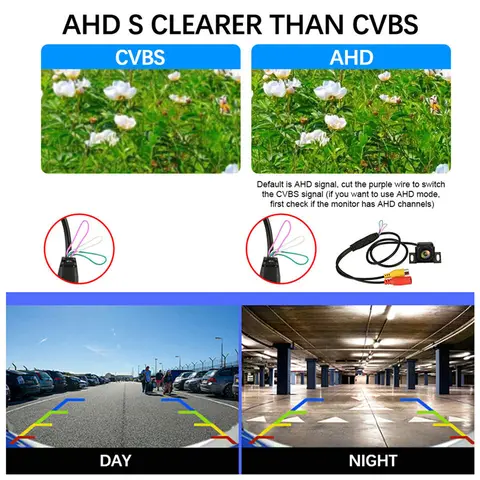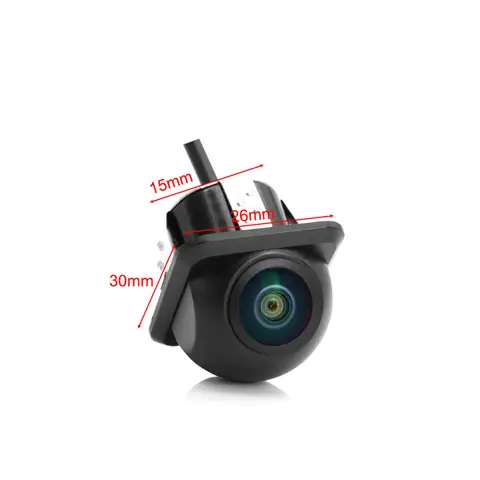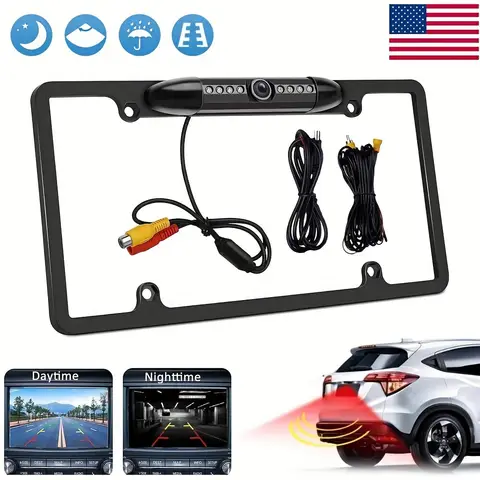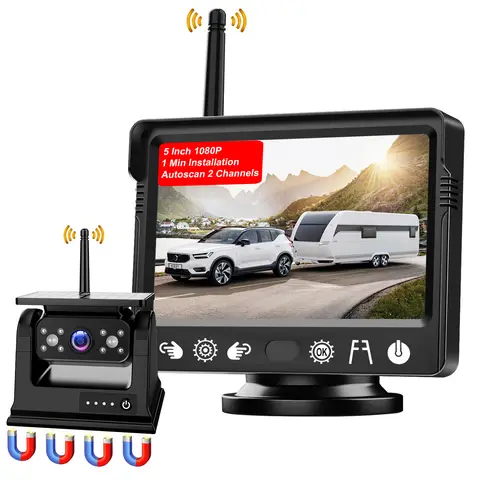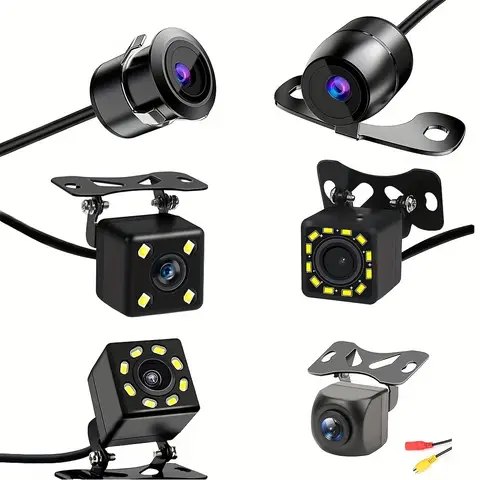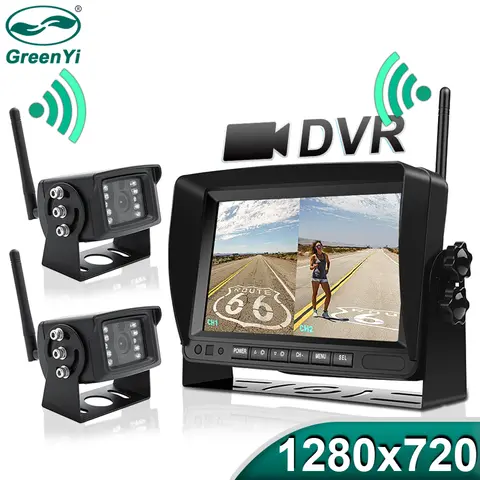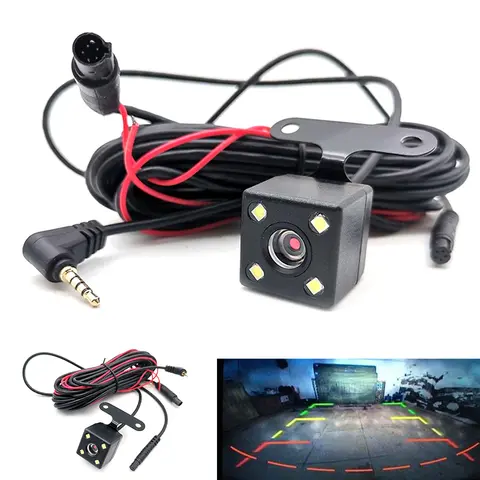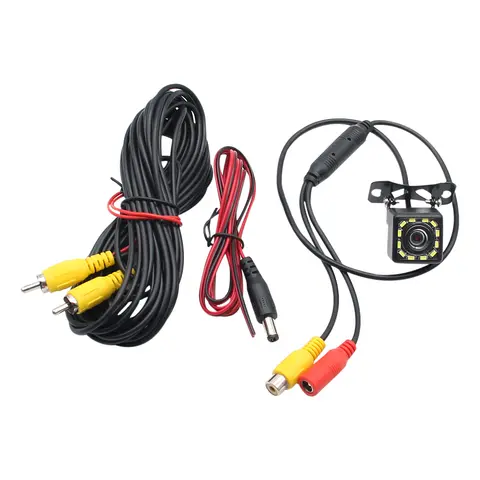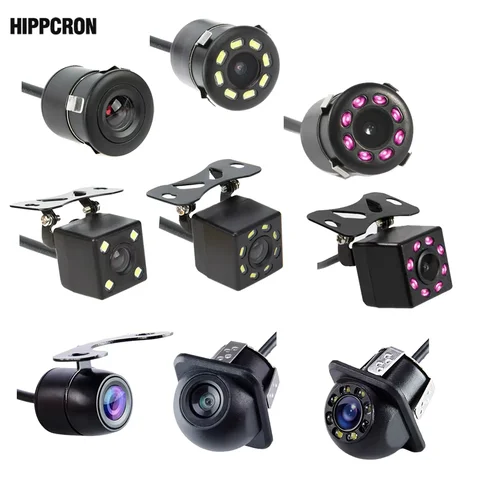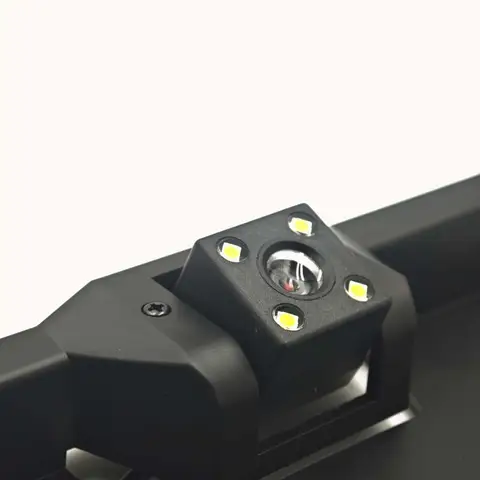
Related Searches
Results for reverse camera
If you want to buy high-quality Reverse Camera, go to AliExpress. AliExpress recommends Reverse Camera of all colors. Reverse Camera is on sale, you may not have time to pick, but it's okay, there is AliExpress to keep you out of trouble. AliExpress has carefully selected a few good options, just waiting for you to place an order, AliExpress, your good partner in life.
Enjoy a great shopping experience at AliExpress, this Reverse Camera will not disappoint you.
The reversing camera is divided into wired and wireless, and the wired method is simple and reliable, but it needs to be wired in the car; The wireless method does not need to be wired in the car body, and the installation is simple, but the wireless receiving module needs to be added. Since the receiving effect of today's wireless receiving module is not ideal, it will be more or less interfered with by the use environment, and the general reversing camera still adopts a wired method.
3. Do not easily connect the power supply of the on-board electrical appliances directly to the on-board battery power supply, so as not to cause unstable power supply.
One of the questions asked was: How can a portable navigation system know that the user is reversing and immediately switch to a rear-view function? There are three ways:
The first way is to use the keys on portable navigation.
A button can be defined as a reversing rear-view switching button, and the user presses this button before reversing, and the system immediately switches to the reversing rearview state; After reversing, press the button again, and the system switches back to the original interface; This method is simple and reliable, and the bracket extension does not need to add anything; But it requires manual operation and is not smart enough.
The second way is to detect the reversing signal (the easiest way is to take the control signal on the reversing light), when the user engages the reversing gear, the reversing light lights up, giving a switch signal, and using this switch signal to control the switch of the reversing image system. This method is relatively intelligent, accurate and stable.
The third method is to constantly detect whether the CVBS signal is valid inside the written navigation to determine whether it is reversing; When reversing, turn on the reversing camera, and the camera will send a CVBS composite video signal to the PND through the bracket interface. If PND detects that this video signal is valid, it is considered to be in a reverse state. This method is arguably the most intelligent and accurate.
Installation method
Step 1
First, remove the power supply connection at the on-board battery, and place the removed cable away from the electrodes to prevent accidental power connection.
Step two
Determine the installation location of the car camera, generally divided into two types:
A kind of installation in the position of the license plate frame license plate light, this installation is relatively easy, just use the small screw provided in the camera accessory to fix the camera in the position of the license plate light. Adjustments such as iron sheets or gaskets in the accessories allow the camera to achieve the best reversing angle. The line of the camera penetrates into the car through the gap in the license plate light, and is connected to the power supply of the reversing lamp and the video extension cable. This type of reversing camera is one of the more popular nowadays, with a more discreet appearance and easier installation.
The other is drilled mounting, embedded in the interior of the bumper, which has the advantage of eliminating the need to drill holes in metal parts at the rear of the car. Because the bumper is plastic, camera routing is relatively easy.
Step 3
Connect the power cable of the camera with the power cable of the rear reversing light, and then connect the video cable of the camera to the video extension cable, and the other end of the video extension cable is connected to the AV input of the car DVD display, and finally restore the battery power, start the car, hang up the reversing gear, and you can see the reversing image on the car display.
Notes
1. It cannot completely rely on the reversing rearview system to reverse, but can only be regarded as a reversing aid.
2. The car display must be connected correctly, if the display does not provide AV input interface, the corresponding video cable must be found or a video switching device must be installed so that the rear view can be displayed normally.

